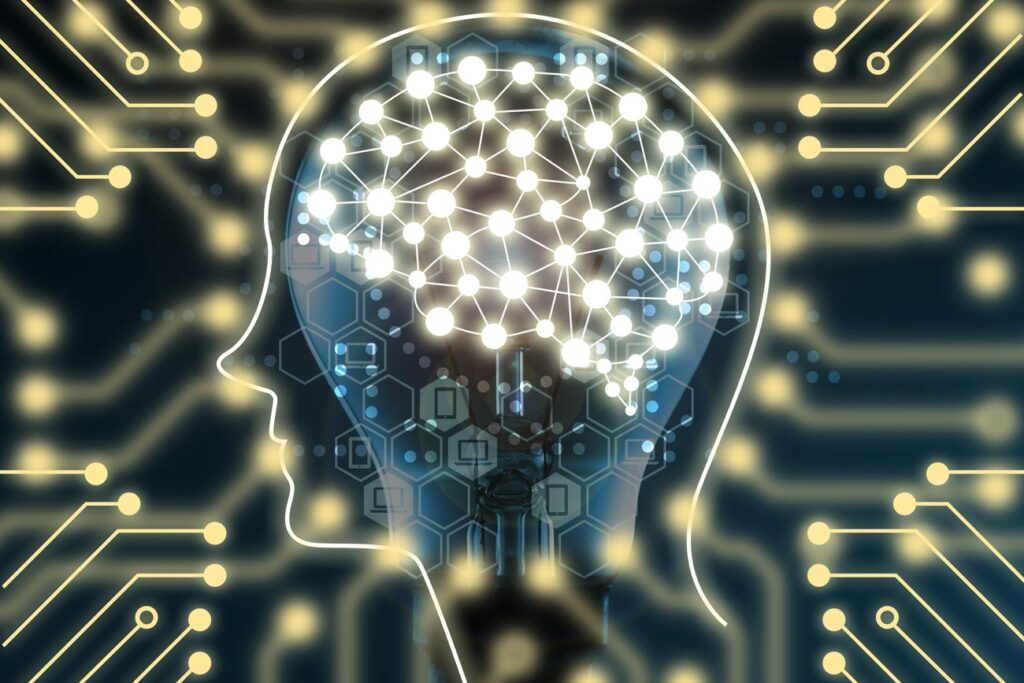
Machine learning is the latest buzzword and trend in the world of data analytics, because of its powerful ability to make predictions and calculations based on large amounts of data. We want to explore machine learning and the benefit of integrating it with data visualization, especially when you use visualization to monetize your data. To approach this, we will first define machine learning and data visualization.
Machine Learning Defined
Machine learning is a method of data analysis that uses algorithms to learn from your data. With machine learning, computers identify patterns within your big data so that it can make predictions and intelligent suggestions. Netflix is a good example of using machine learning to monetize from your data by feeding you relevant suggestions.
Data Visualization Defined
Data visualization is a technique that uses an array of static and interactive visuals within a specific context to help people understand and make sense of large amounts of data. The data is often displayed in a story format that visualizes patterns, trends and correlations that may otherwise go unnoticed. Data visualization is regularly used as an avenue to monetize data as a product. An example of using monetization and data visualization is Uber. The app combines visualization with real-time data, so customers can request a ride.
How Do They Relate?
If data visualization pulls datasets out of your big data and visualizes a specific data story to monetize your data, machine learning can bring added value by streamlining your data visualization process for more accurate, predictive and profitable data .
We want to highlight three benefits that arise from integrating machine learning with data visualization:
- Machine learning shifts the legwork onto algorithms to learn and automate data recognition and identify patterns resulting in predictive analysis. Because machine learning uses algorithms to learn and record data patterns, it saves time and increases data accuracy.
- Machine learning isn’t just tracking the user’s data, it is understanding the user on a more individual level and how they will best engage in your story.
- Machine learning can add a new level of trust from decision makers and stakeholders. There is a challenge by analysts to get buy-in due to a level of skepticism by executives according to a Fast Company Machine learning can help validate the analyst’s predictions and insight.
Here are three questions to ask yourself to determine if it makes sense to integrate machine learning into your data visualization:
- Are you regularly shifting research responsibilities between different data analysists and causing inconsistencies?
- Is the information/data in your product not visualizing the story your customers need, resulting in mediocre sales/profitability?
- Are you constantly finding new data patterns and having to change the story to fit them in?
If you’re answer is “yes” to any of those questions, let’s set up an interactive web conference to dialogue about the possibilities of machine learning data visualization to increase your data monetization.

